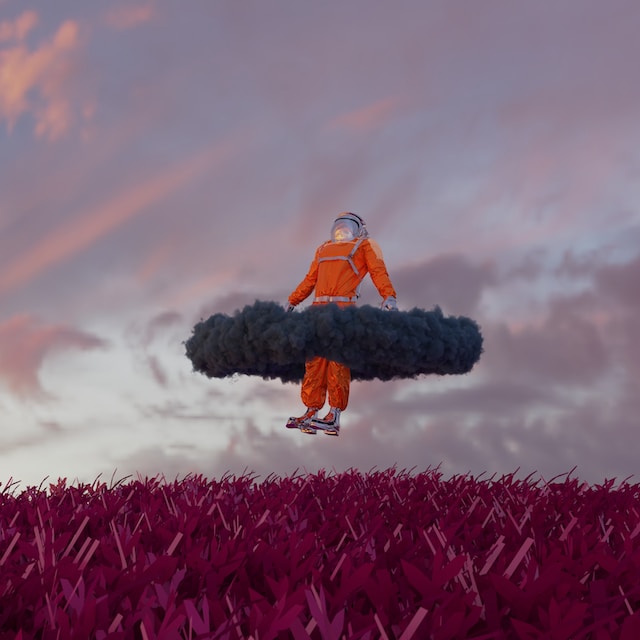The art world has witnessed a digital revolution in recent years, driven by the emergence of Non-Fungible Tokens (NFTs) and the proliferation of digital art. This article delves into the controversial territory of digital art and NFTs, exploring the impact, challenges, and debates surrounding this technological shift in the world of creativity and ownership.
The Rise of Digital Art
Digital art, created entirely on digital platforms, has gained significant traction in the art world. Artists use software, algorithms, and digital tools to craft intricate and visually stunning works that challenge traditional notions of art creation and preservation.
NFTs – A New Frontier for Ownership
Non-Fungible Tokens (NFTs) have disrupted the art market by offering a new paradigm for ownership and provenance. These blockchain-based tokens uniquely represent digital or physical assets, including art. NFTs provide a transparent and secure way to verify the authenticity and ownership of digital art.
Art in the Digital Age
The digital realm offers artists unprecedented creative possibilities. It allows for dynamic and interactive art experiences, blurring the lines between art and technology. Digital art challenges the traditional art world hierarchy and democratizes the creation and distribution of artistic content.
Ownership and Provenance:
One of the most significant debates in the world of NFTs revolves around ownership and provenance. While NFTs provide a secure way to establish ownership of digital art, they also raise questions about the value of owning something that can be easily replicated.
The Controversy of Replication:
Digital art’s reproducibility challenges the traditional scarcity-based model of art ownership. Unlike physical artworks, digital art can be infinitely duplicated without loss of quality. This has led some to question the intrinsic value of owning a unique digital piece.
Environmental Concerns:
The blockchain technology underpinning NFTs consumes significant energy, leading to environmental concerns. Critics argue that the carbon footprint of NFTs contradicts the values of many artists and collectors who seek to protect the environment.

Market Speculation and Hype:
The NFT market has seen a surge in speculative buying, leading to soaring prices for digital artworks. Critics argue that this speculative frenzy devalues the artistic merit of the works and turns artists into commodities.
Accessibility and Inclusivity:
Digital art and NFTs offer opportunities for artists to reach global audiences without the need for galleries or intermediaries. However, they also raise questions about who benefits from this new model and who may be excluded.
Preservation and Conservation:
The ephemeral nature of digital art presents challenges for preservation and conservation. Unlike physical artworks, digital pieces can become obsolete as technology evolves, potentially leading to the loss of significant cultural artifacts.
Legal and Copyright Issues:
NFTs have sparked legal debates about copyright and intellectual property. Questions arise about who holds the rights to sell or reproduce digital art when it’s sold as an NFT.
The Role of Institutions:
Traditional art institutions, such as museums and galleries, are navigating the digital art landscape. Some have embraced NFTs and digital art as part of their collections, while others remain skeptical of this technological shift.
Conclusion – A Brave New Art World
The rise of digital art and NFTs challenges the established norms of the art world. It blurs the lines between ownership, authenticity, and creativity. While controversies persist, this digital revolution is undeniably reshaping the art landscape. It forces us to rethink what art means in the digital age, how we preserve it for future generations, and how we ensure its accessibility and value in an ever-changing technological landscape. Whether you embrace or resist these changes, there’s no denying that we are witnessing the dawn of a brave new art world—one where creativity and technology intertwine in provocative and thought-provoking ways.

